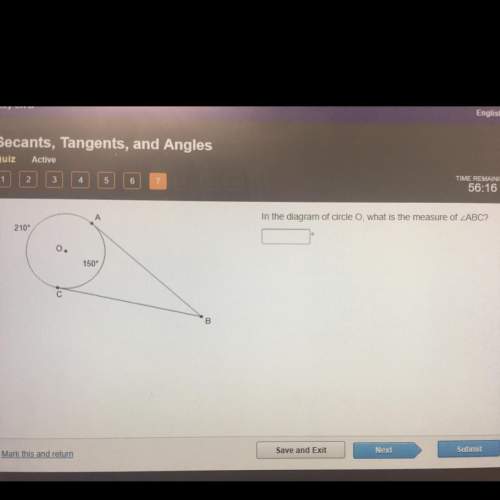
Mathematics, 27.07.2020 01:01 ScuddyG7164
Problem 2. The following data is looking at how long it takes to get to work. Let x = commuting distance (miles) and y = commuting time (minutes) x 5 10 15 20 25 50 y 16 32 44 45 63 115 a) Give a scatterplot of this data and comment on the direction, form and strength of this relationship. b) Determine the least-squares estimate equation for this data set. c) Give the coefficient of determination, R2 , comment on what that means. d) Give the residual plot based on the least-squares estimate equation. e) Test if this least-squares estimate equation specify a useful relationship between commuting distance and commuting time. 1 f) Compare this least-square estimate equation to the previous least-squares estimate equation in problem 1. In which situation would the least-squares equation be least effective? Justify your answer

Answers: 1


Another question on Mathematics

Mathematics, 21.06.2019 17:30
Which expression can be used to determine the slope of the line that passes through the points -6, three and one, -9
Answers: 3

Mathematics, 21.06.2019 18:30
Dakota earned $7.50 in interest in account a and $18.75 in interest in account b after 15 months. if the simple interest rate is 4% for account a and 5% for account b, which account has the greater principal? explain. to make it a little easier, there is an image. good luck!
Answers: 1

Mathematics, 21.06.2019 19:00
Point r divides in the ratio 1 : 3. if the x-coordinate of r is -1 and the x-coordinate of p is -3, what is the x-coordinate of q? a. b. 3 c. 5 d. 6 e. -9
Answers: 1

Mathematics, 21.06.2019 22:50
Which of the following is closest to 32.9 x 7.5? a: 232 b: 259 c: 220 d: 265
Answers: 2
You know the right answer?
Problem 2. The following data is looking at how long it takes to get to work. Let x = commuting dist...
Questions







Mathematics, 05.05.2020 12:58


Chemistry, 05.05.2020 12:58

English, 05.05.2020 12:58


English, 05.05.2020 12:59




Arts, 05.05.2020 12:59



Chemistry, 05.05.2020 12:59




